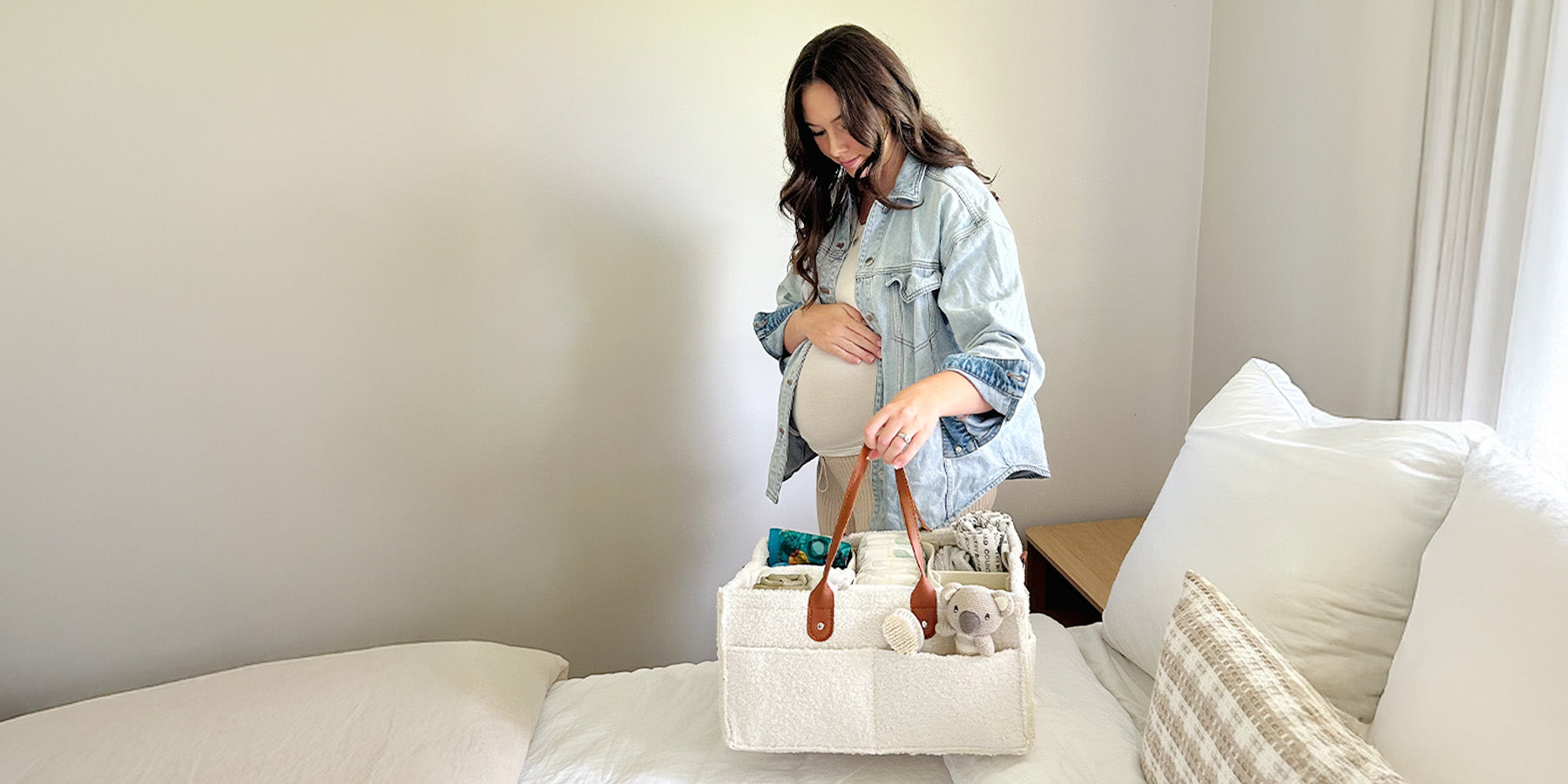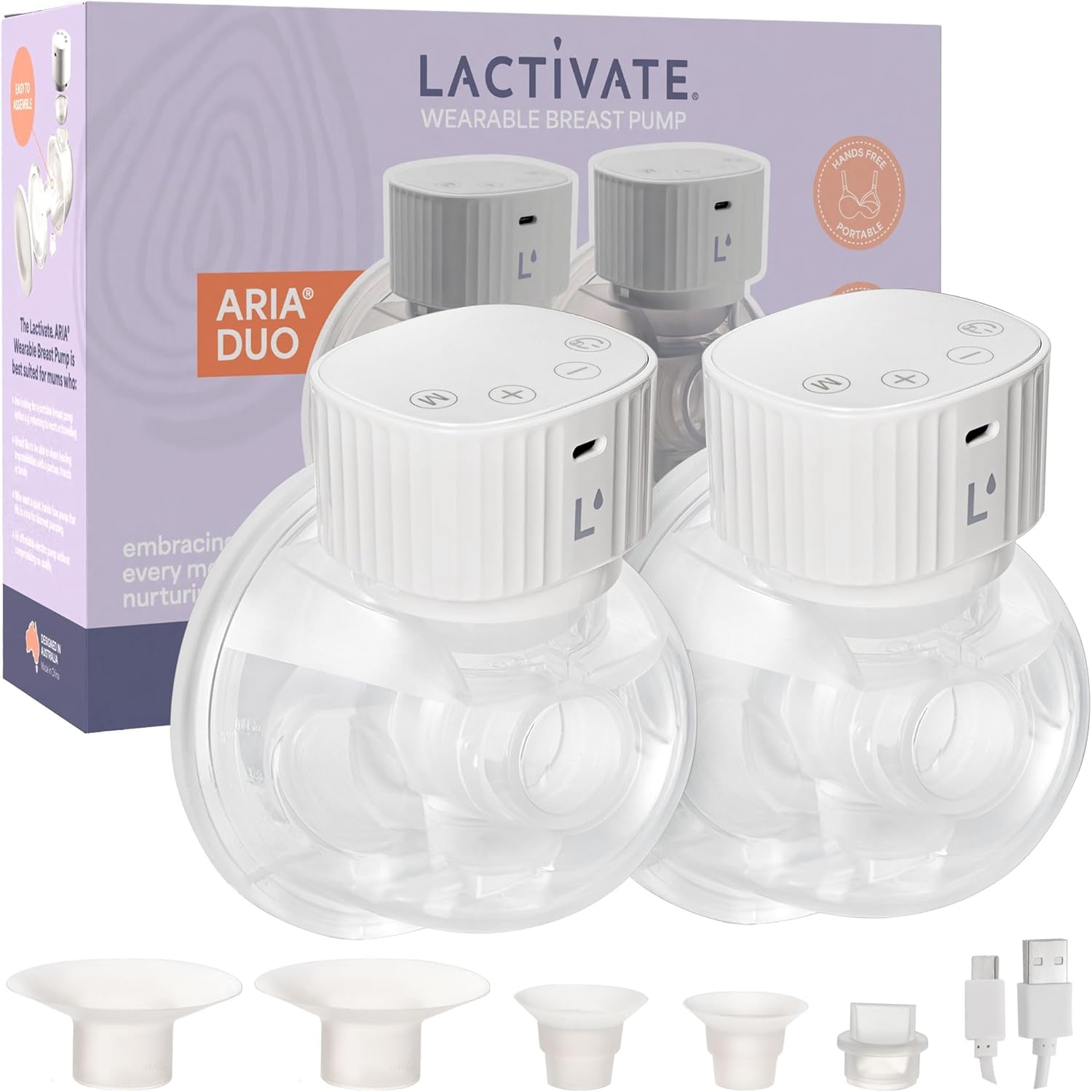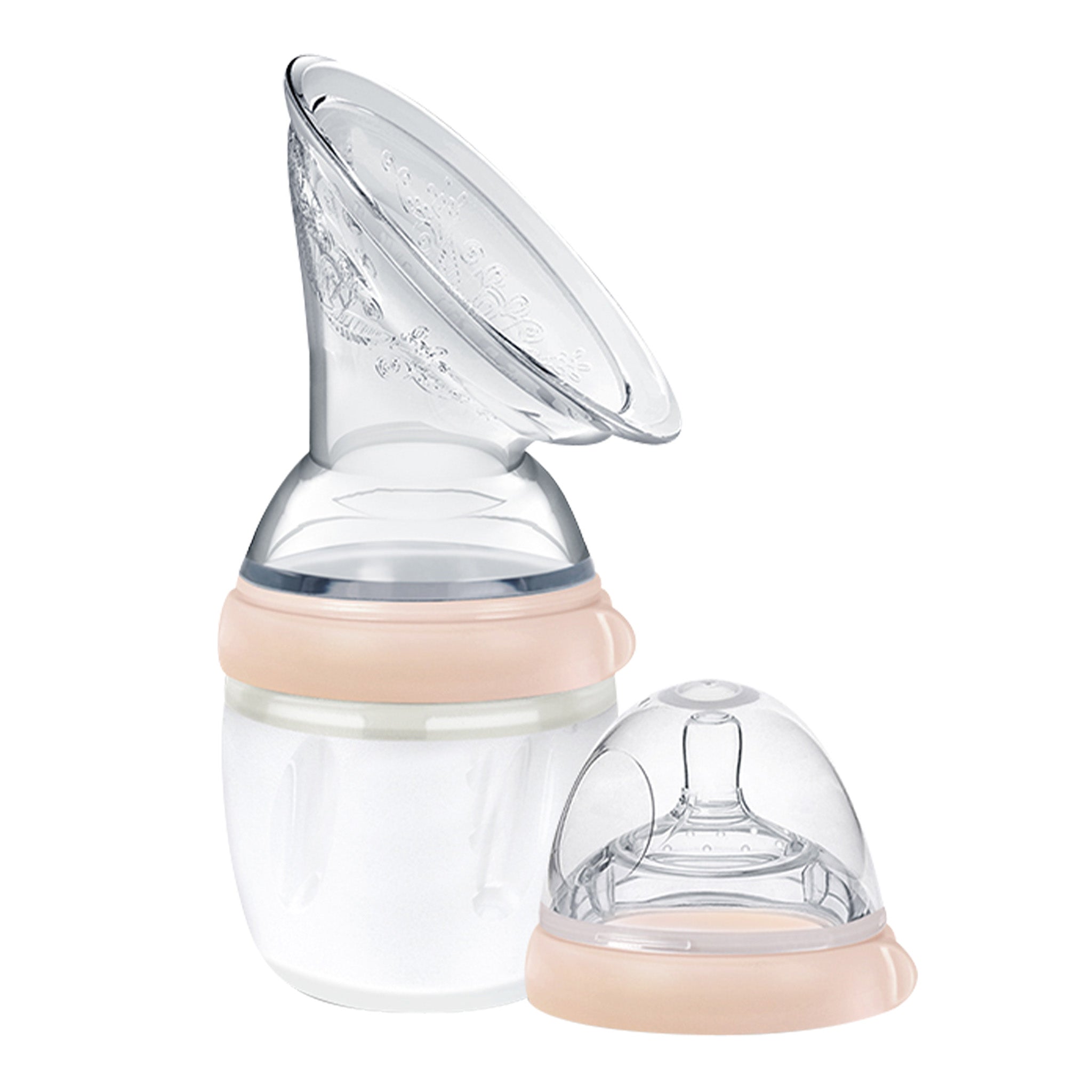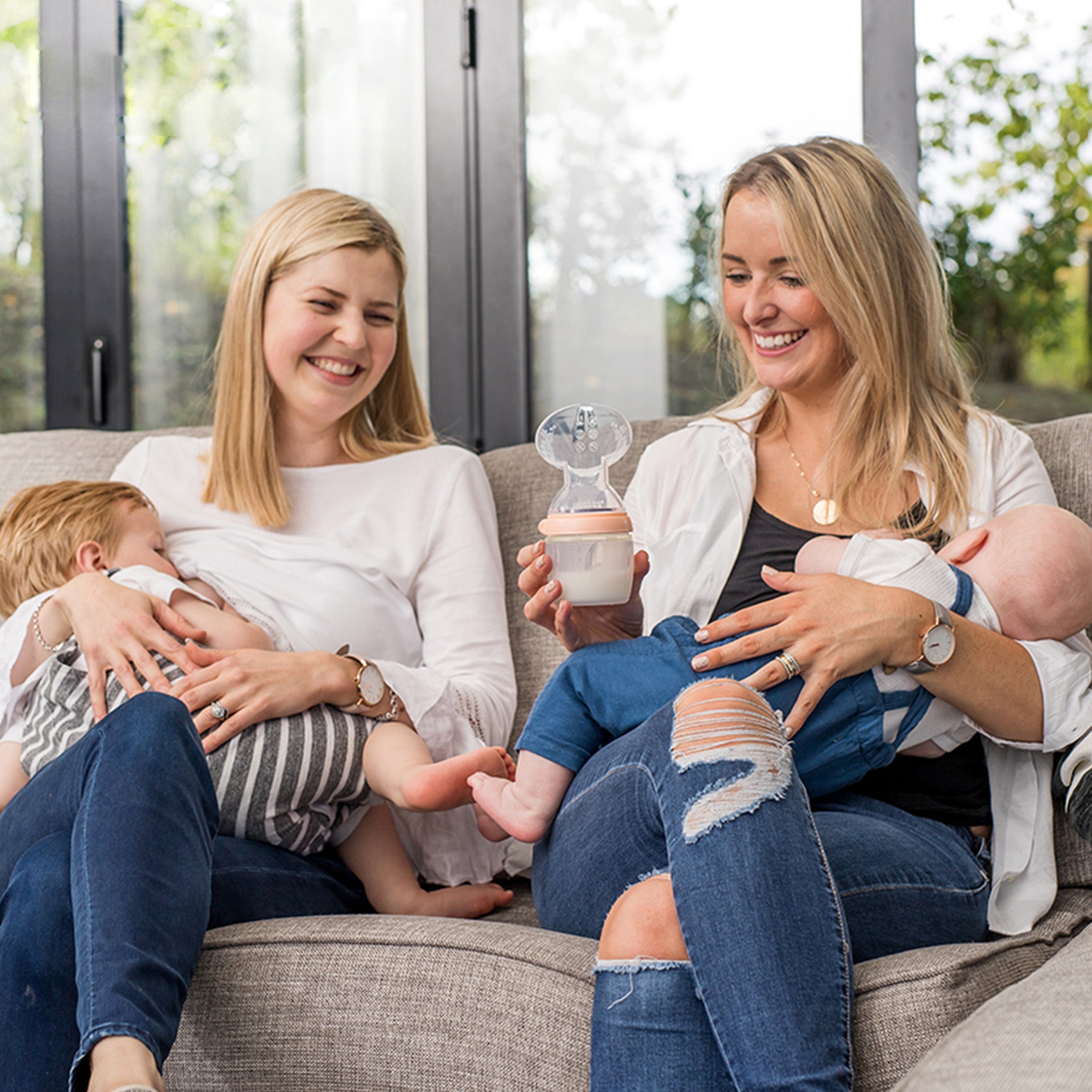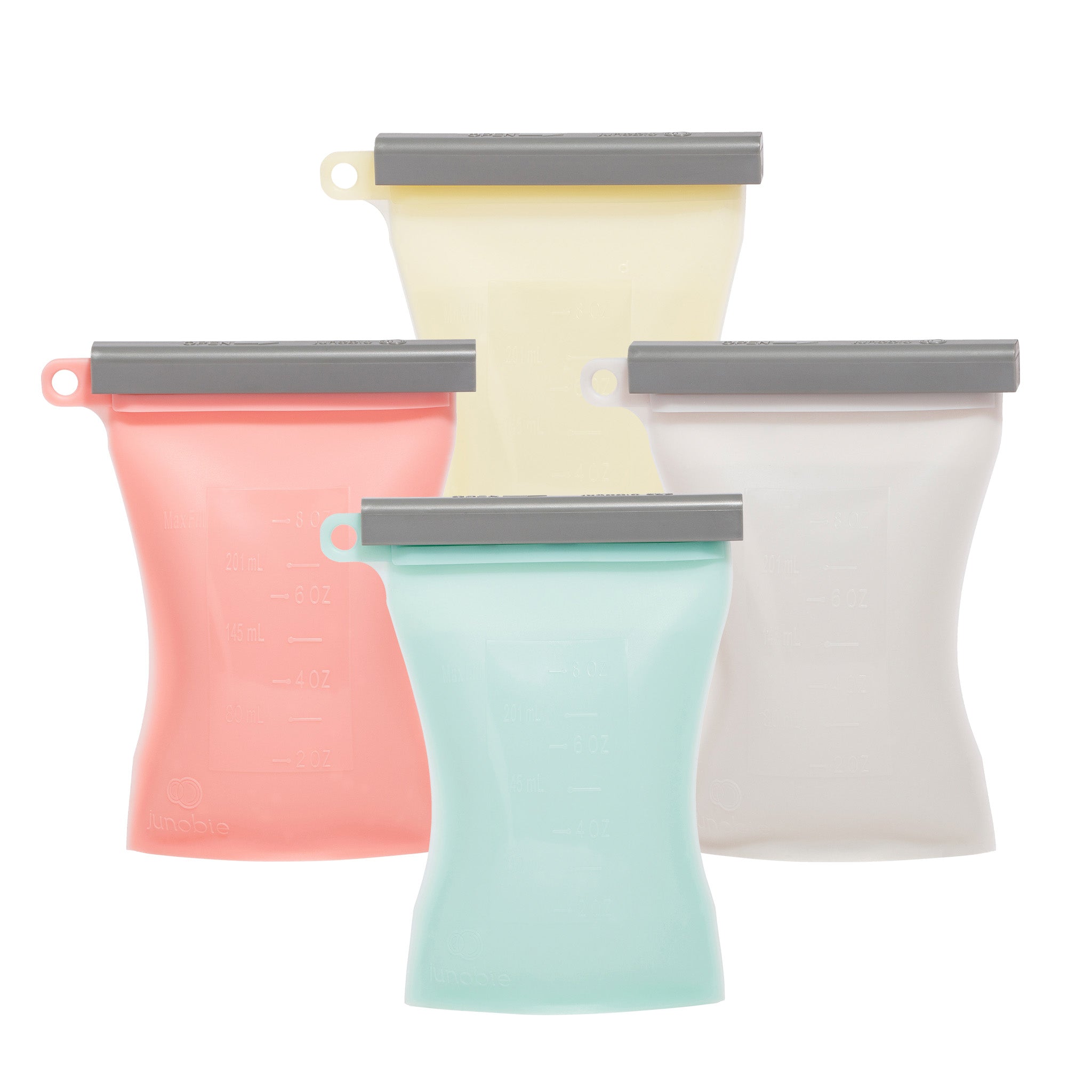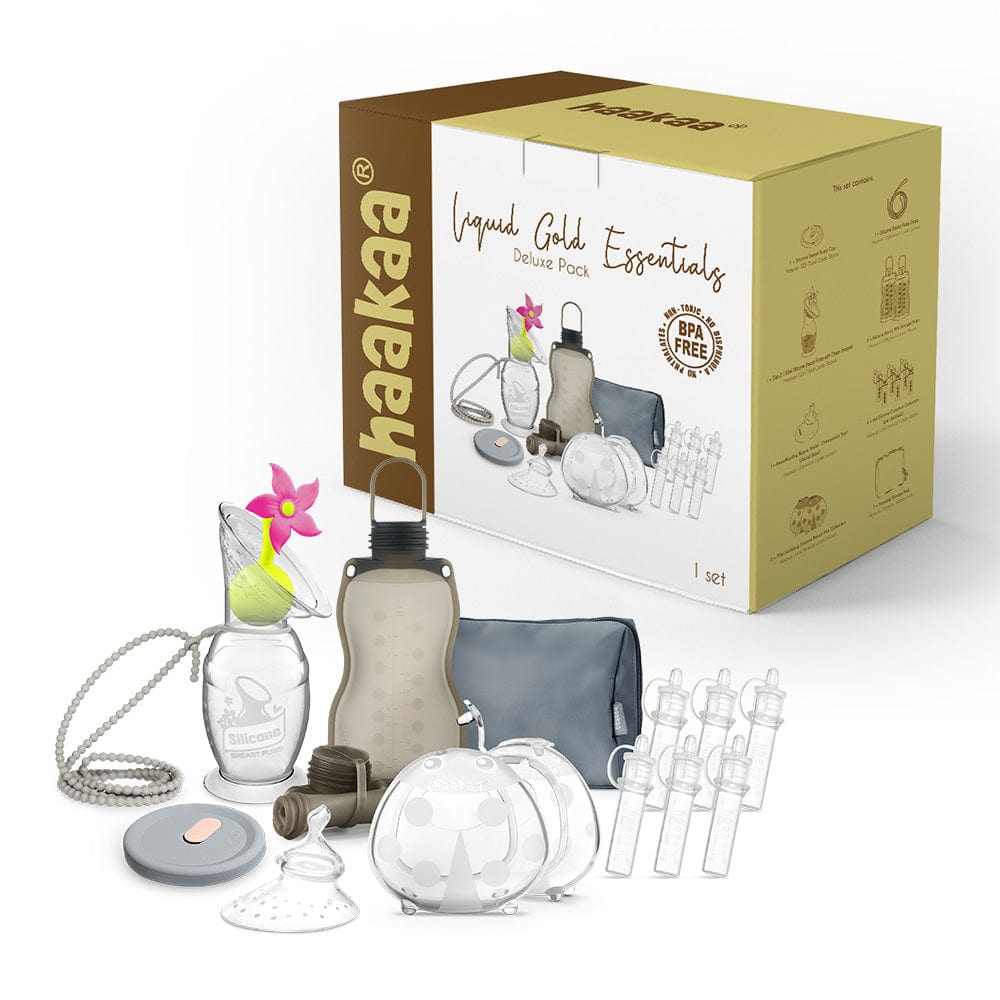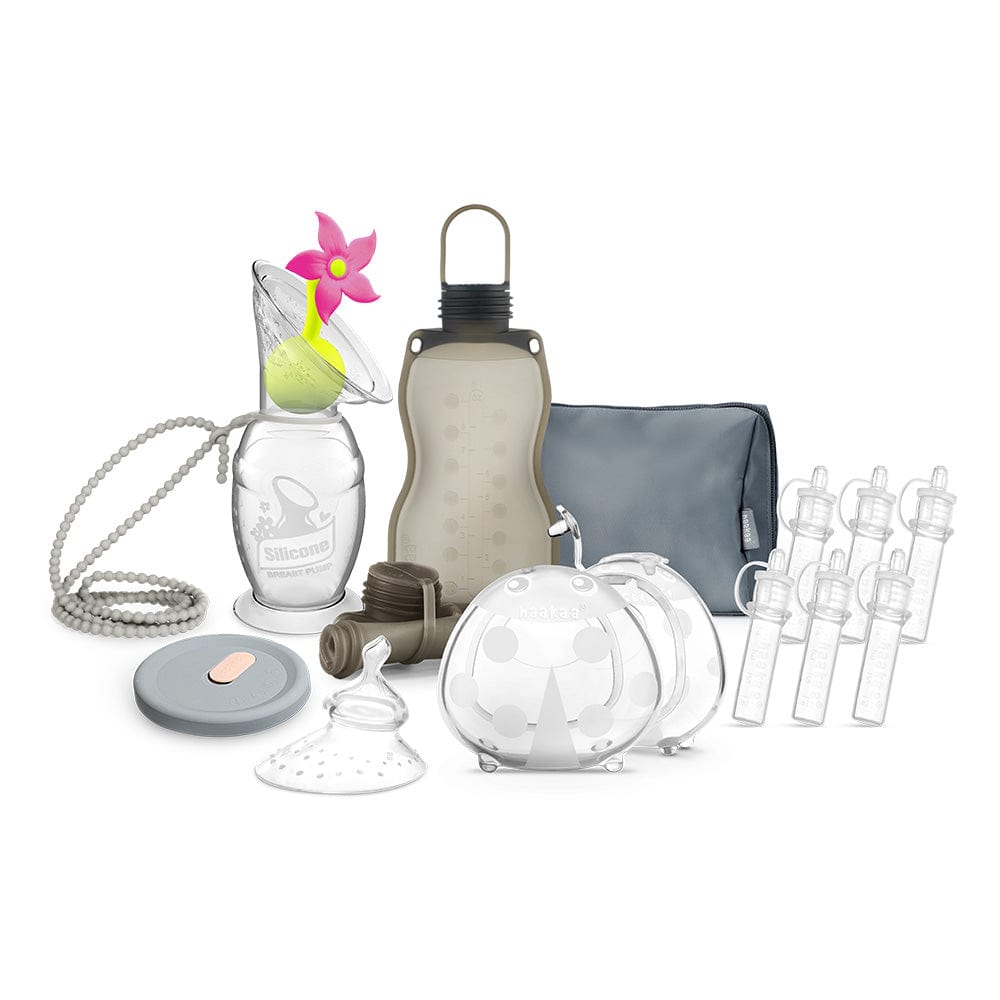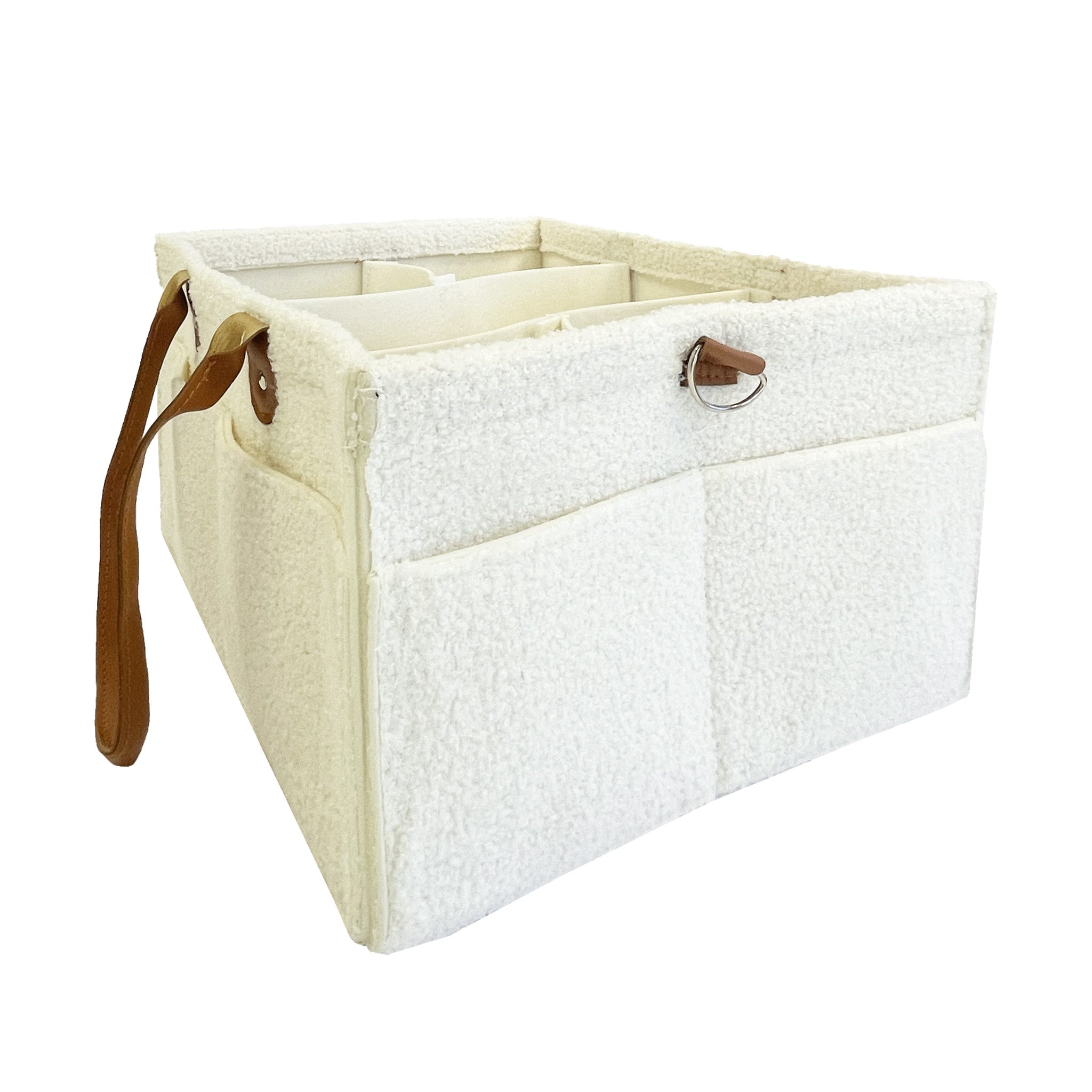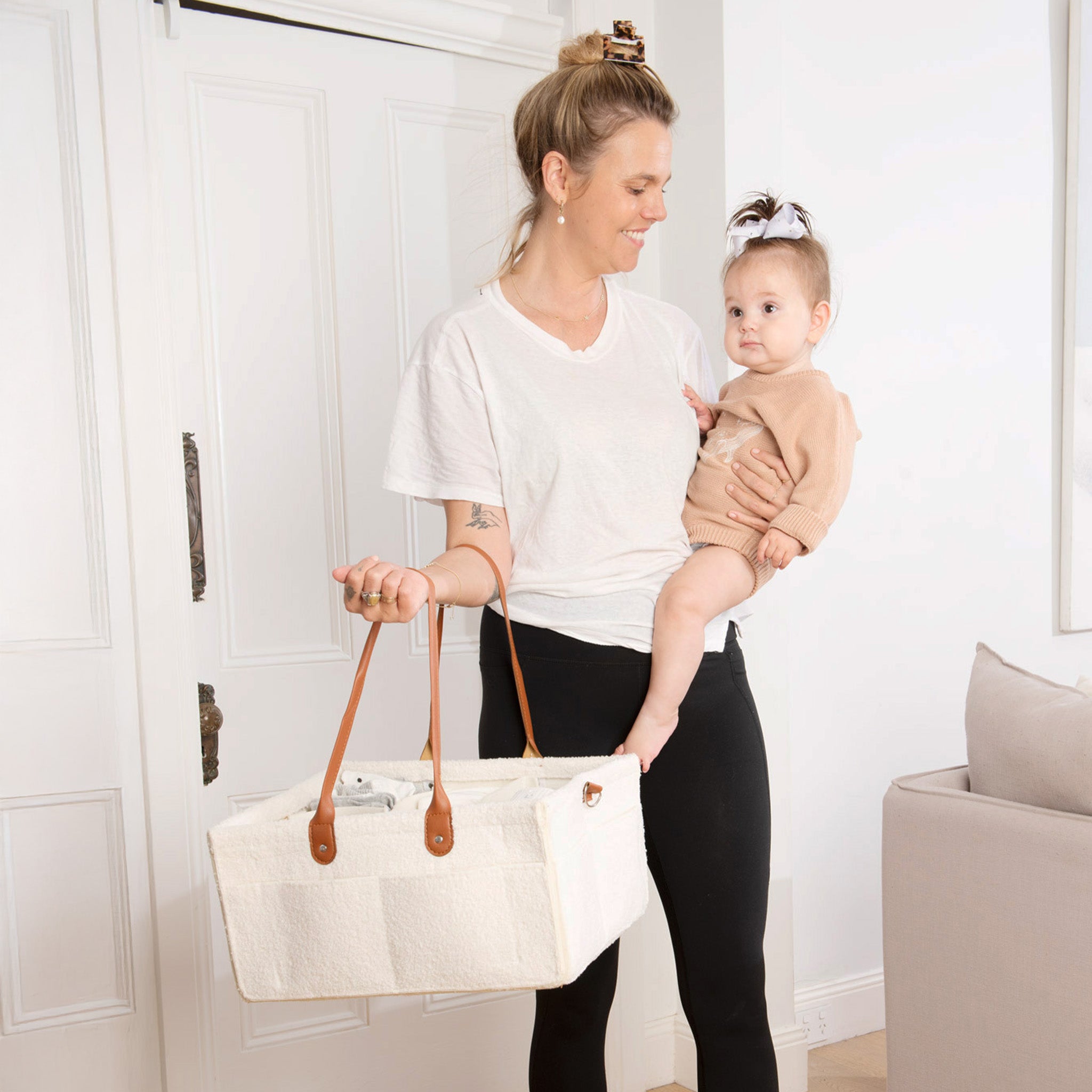Am I making enough milk? It's a question many new mums have asked themselves when establishing breastfeeding for the first time.
Our boobs don't come with a handy measuring gauge on the outside, making it difficult to know for certain the exact amount we are producing. Then there's the array of issues that we often interpret as us not having enough milk; a fussy baby, frequent feeding, night waking.
Got milk?
Alongside pain, fears about milk supply are one of the primary reasons that women stop breastfeeding, according to the 2010 Australian National Infant Feeding Survey (the most recent research currently available). The survey found however that, in many cases, this may be a case of women thinking they have a low supply, rather than an actual low supply, with the majority of women being able to produce sufficient breastmilk.
While knowing that you most likely can breastfeed successfully is a confident boost, it doesn't entirely eliminate the worries you might have about your baby getting enough milk. You wouldn't be the first woman to think; "maybe I'm the exception and I really don't produce enough."
We spoke to registered nurse, midwife and Lactation ConsultantCathy Shortt from Milk & Mums Co to get the facts to help put your fears to rest.
Making milk
As a registered midwife and lactation consultant, Cathy Shortt has seen her fair share of breastfeeding mamas. And plenty of them have had concerns about their milk supply, especially in the early days. "Breastfeeding is a skill," says Cathy, "As with any skill, we are always learning." We asked Cathy to share her expert advice and wisdom to answer the most common questions we hear from mums who are worried about their milk/ supply.
Q: What are the best ways for mums to feel confident that their baby is getting enough milk?
If you listen to your baby, they will tell you! I often like mums to put baby on their chest and see if they'll root for food. If yes, then bub is still hungry if not then they have had enough to eat.
It is also imperative to listen for the swallows. Swallows mean that effective milk transfer has occurred. You should hear a few sucks followed by a swallow and a breath.
Your baby should also have an adequate amount of wees and poos. Depending on the age of the baby will determine how many and the colour of the stools. In general, breastfed babies should have 6-8 wet nappies and 2-5 nice yellow stools.
Q: My baby has some very unsettled periods and I am worried it is because they're hungry. Could this be the case?
Babies fuss or are unsettled for a variety of reasons and some may have no relation to milk supply. If your baby is unsettled while feeding, they may be trying to tell you that they're ready for the other breast. Likewise, they may be frustrated by a slower than usual milk flow. This can happen with bubs who become accustomed to having a bottle and it may take them some time to become re-accustomed to the breast. A baby may also fuss if they need to do a burp so if you can’t get your baby back on the breast, try sitting bub up or over your shoulder and see if they simply need a burp.
Q: What are signs of actual low milk supply that mums should look out for?
Low milk supply can occur in women with insufficient glandular tissue (IGT), some metabolic conditions, retained placenta, postpartum haemorrhage, surgical inventions or from illness.
Low milk supply may present itself as a baby nursing all day, not swallowing or very few swallows heard, not settling between feeds, poor output, sunken fontanelles, generally cranky and poor or static weight gains.
Top Signs Of Low Milk Supply
- Baby nursing all day
- Baby not swallowing or very few swallows heard
- Baby not settling between feeds
- Poor output (now enough wet and dirty nappies)
- Sunken fontanelles (soft spots on top of the baby's head)
- Baby generally cranky
- Poor or static weight gains
Q: How can I tackle a dip in supply?
The first thing to do is seek an individualised assessment from an expert. It is always beneficial to gather all the information before making a diagnosis such as low supply. It is important that your health care provider go through your full medical and surgical history, observe a feed and then provide you a plan on how to assist with low supply.
In regard to breastfeeding in order to tackle low supply, I always advise bringing it back to basics. Skin to skin is honestly the single most important thing in helping your supply to increase. Gentle, relaxed skin to skin for a few days allows for uninterrupted opportunity to feed the baby. It is this simple process of frequent, gentle nursing that will increase your supply. Breastfeeding is demand and supply driven and the more you feed, the more milk you make. While you're doing that, you can look at switch feeding your baby. This means swapping breasts every 10-15 minutes to mimic early feeding patterns and switch on production.
If you're able to, you could also look at additional pump sessions and/or using an SNS or Supplemental Nursing System for low supply. You can make or purchase these and essentially the baby is taking extra calories whilst on the breast.
Shop Supplemental Nursing System
In addition, galactagogues are often said to increase supply, these are things like foods, herbs, tonics, teas and biscuits. Although mostly anecdotal some women have reported additional milk volumes using these products (you can check out our range of milk boosters here)
Need more help?
If you're still concerned about your supply, it's always best to seek support from an expert. " Head back to your local hospital feeding clinic, your early childhood centre, the Australian Breastfeeding Association or contact LCANZ to find a private Lactation Consultant in your area," says Cathy. "Most importantly if something doesn’t feel right please seek assistance!"
You can also check out our resources section for help and advice on common breastfeeding concerns.
For more information about the services Cathy offers, visit www.milkandmumsco.com.au


